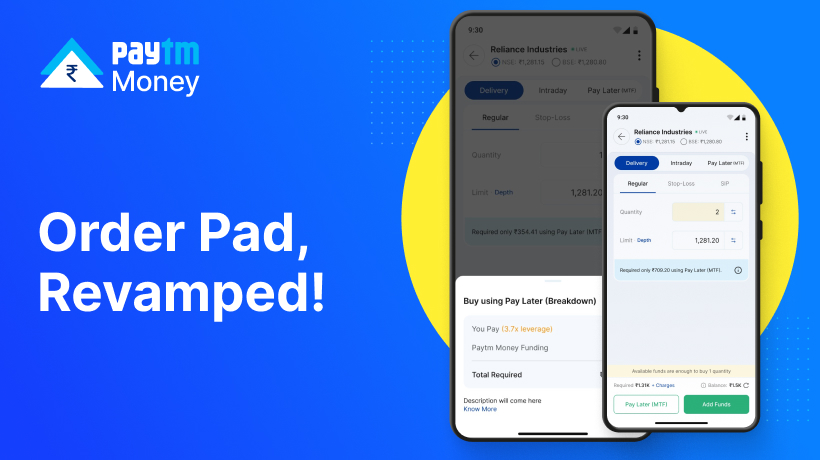Good News for IPO Investors3 min read
Continuing with its progressive and investor friendly measures, SEBI yesterday introduced a circular reducing the timeline for listing of shares in a public issue from the existing T + 6 to T + 3. This move will help all market participants, viz investors, issuers, merchant bankers and brokers and make the IPO process more effective. This new process will be optional from 1 Sep 2023, and mandatory for all public issues from 1 Dec 2023.
In addition to this, SEBI also has mandated that SCSBs (Self Certified Syndicate Banks) ensure that the PAN in the application matches with the PAN in the ASBA bank account.
These moves will have far reaching implications on making the IPO market more vibrant, and more efficient, for both investors and issuers.
It is worth noting the progress SEBI has made in improving the IPO process over the last 15 years. Just for context, prior to 2008, investors would transfer the whole bid amount to the designated escrow account r (This meant that the investor was losing interest on the application money for the whole duration, including for the unsubscribed amount). Post issue close, the listing timeline was 12 days (what has now been made 3 days).
History of IPO process and timelines-

In conjunction with the settlement cycle reducing from T + 2 to T + 1, and the possible introduction of ASBA type mechanism for secondary transactions, India and SEBI are at the forefront of progressive and investor friendly regulations across the world.
These regulations help market participants (issuers and investors) in many ways. For investors, this means
- Funds are blocked for a shorter time period (3 days, instead of 6 days)
- Funds unblocked earlier, i.e. 2 days after issue closes, meaning unsubscribed amount becomes available earlier
- For NII (Non Institutional investors) who borrow money to invest in IPOs, the interest cost comes down significantly, as the tenure for borrowing reduces
- Faster unblocking (refunds) and listing helps investors use their capital more efficiently, potentially applying in more IPOs than they could’ve earlier
- Shorter gap between issue close and listing reduces the impact of market risk, thus reducing the uncertainty while applying in the IPO
- Matching of PAN in IPO application and Bank account greatly reduces errors in the IPO process and also eliminates blocking of funds for applications which would otherwise have been rejected.
To illustrate, if an issue closes on Monday, investors whose applications are unsubscribed/partially subscribed will get their monies unblocked by Wednesday, instead of next Tuesday in the T+6 process and they can use the same for applying for 3 other other IPOs without the need for additional capital.
For successful allotments, the securities will be listed on the exchanges on Thursday and they can sell the same on Thursday.
Investors with successful allotments can trade their shares on Thursday, and with T + 1 settlement, their capital comes back to them by Friday.
Any investor who missed out on the IPO allotment can purchase the shares on Thursday, with the money unblocked on Wednesday.
These progressive steps place India at the forefront of capital market innovation and investor friendly features.
For issuers, the faster timelines also reduces the impact of market risk in the whole IPO process. Also, given the faster timelines, IPOs can be scheduled one after the other, instead of multiple issues being open at the same time. This reduces the chances of a large issue dwarfing other smaller issues.
From a market perspective, faster timelines means more IPO can happen sequentially, instead of parallelly, thus enabling investors to apply in multiple IPOs without having capital stuck in a particular issue.




